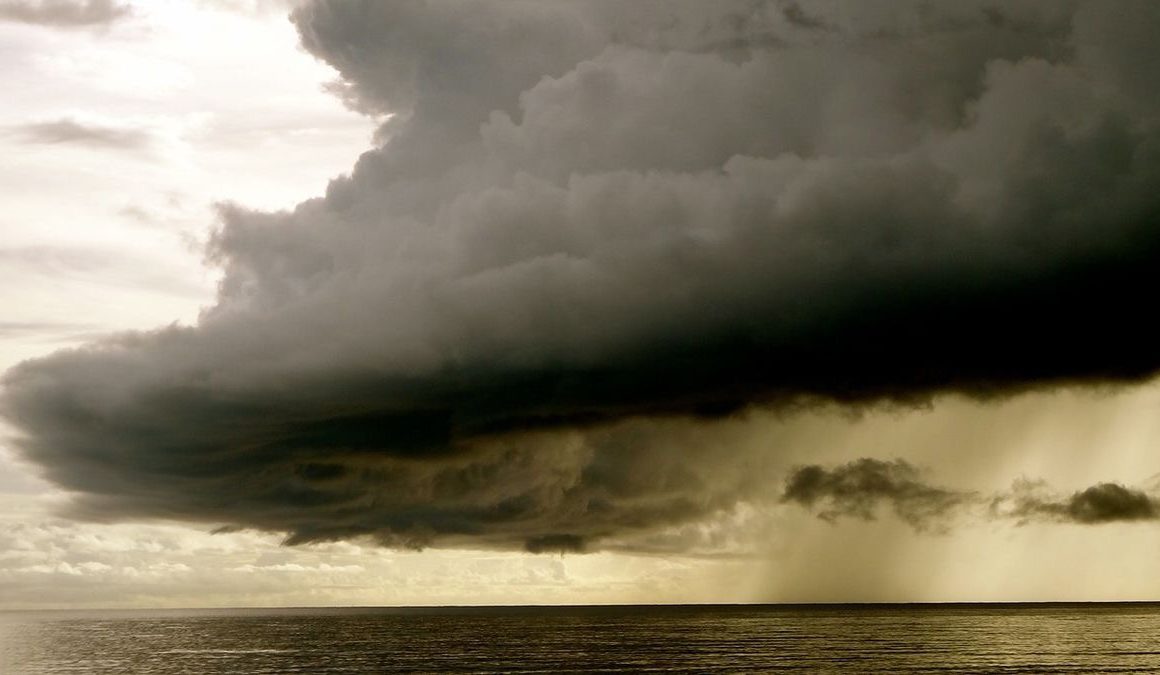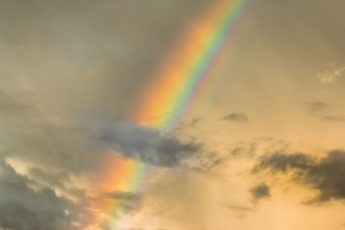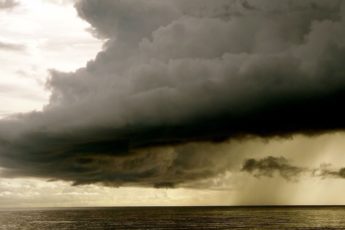
READING TIME: 3 MIN
We were in the midst of the most frenetic year our family had experienced since Gabriella was three.
This time we didn’t have frequent surgeries, each with weeks of anxiety beforehand, a sleepless night before, the drive to the hospital, a stay in the waiting room, new post-op routines…and then the slow build-up to the next operation on her skull or eyes or foot. Those operations were awful, but they were finite and they targeted well-defined problems. This time was different. This time none of us knew what was going on.
We had often watched the TV series House, where a cantankerous doctor solved medical mysteries that combined unusual symptoms and diseases. With her background in healthcare, Lisa guessed some diagnoses mid-show. To me, the series seemed dramatic and even far-fetched. Yet now we experienced something eerily similar.
After months of our daughter coughing through meals, and after multiple cases of pneumonia, her gastroenterologist had prescribed consults with an allergist and a pulmonologist. The latter intensified her daily respiratory treatments and other routines. The situation worsened, and in early October Gabriella stayed home from school with congestion and poor digestion. The pediatric specialists suggested a combination of factors, but it still stunned us when they discovered she had kidney stones, one of which was too large to pass.
The situation had become urgent.
Two days later, my wife got Gabriella in to see a nephrologist. (This was another specialty I barely understood, although I should have assumed there would be doctors focused on the kidneys.) She reiterated that the large stone caused no blockage, so far, but told Lisa they needed to do a work-up to consider the causes.
It turned out that our daughter was prone to several risk factors. First, she was non-ambulatory, being confined to a wheelchair. Second, she got a limited amount of water each day, however much we were able to squirt down her throat at odd moments through a syringe. Last, one of her two epilepsy medicines was a known cause; that raised a separate concern because it had taken time and tinkering to control her seizures.
The nephrologist prescribed a new pill and told us to weigh each diaper to ensure she was making enough water. The care routines multiplied.
The second doctor visit that day was with a urologist. He determined that the larger stone occupied a spot where it could cause future obstruction. One remedy was surgical, scoping through the incision from her scoliosis surgery and through to the kidney to remove it, but her thin bones and the shape of her hips increased the likelihood of fractures. So he recommended lithotripsy, an hour-long treatment using ultrasound waves to shatter the stone. The resulting fragments could more easily be passed.
I grew nervous at the idea of shocking our daughter’s kidneys with ultrasound waves strong enough to destroy a large kidney stone. Would it cause other damage? But compared with the surgery, it seemed less invasive and less risky.
The following week, we went forward. The urologist felt the procedure went well, pulverizing the larger stone, although we would wait for the sand-like pieces to know for sure.
Now we searched each diaper (already heavier due to the water pills) for bits of shattered renal stone. A few days passed, but with no sign. Lisa confirmed that they didn’t always pass right away. But a week went by, then another. Nothing.
Back to the urologist. He said the lack of “sand” just meant the fragments remained in her kidneys, but they were smaller and unlikely to form a blockage. But then, upon examining the x-rays, he found new stones. He proposed giving it some time, then considering another lithotripsy, since she had tolerated the first one well.
A few months later, when the scan showed no change, he shattered the remaining kidney stones. Again Gabriella came through swimmingly. This time we found fragments in her diapers.
With additional medicine and better hydration, we now believed we could manage her renal issues. This was because, by now, things had come to a head on the biggest decision we had faced in many years, the feeding tube.







Never a dull moment in your home! What great and loving care Gabriella has received.
Thank you, Nancy. That was an especially difficult period for our family, but it’s easier to look back at it now.
Paul